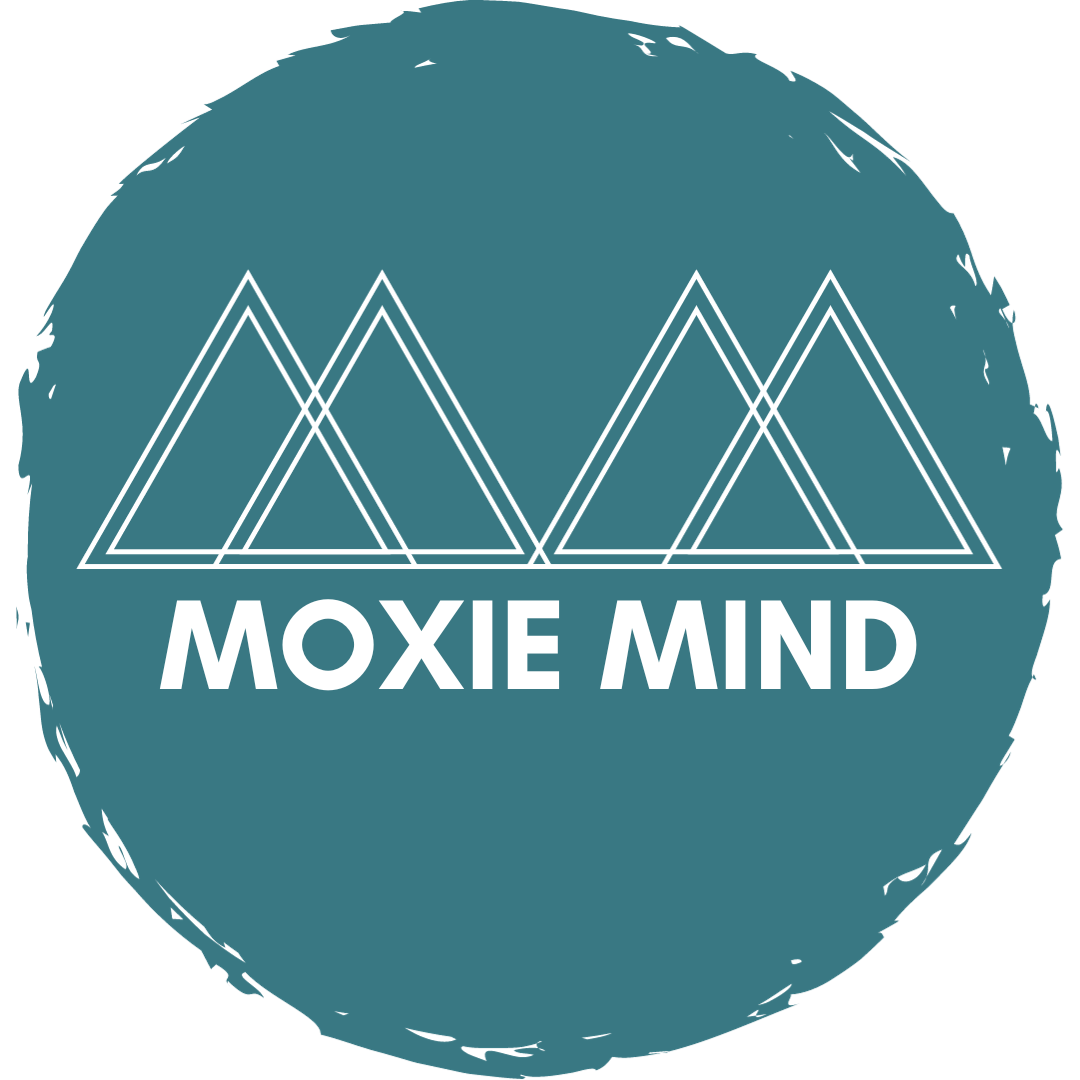Queer people see the world through a different lens than cis, het folks.
This lens is both what brings the most joy and can often be the most painful. There are many things that non-queer folks just won’t “get,” and this ranges from comical to downright infuriating. As a queer and genderqueer person, I want you to get it enough to support me and see me. There will be labor involved on your end, but that’s the currency for a fuller and more honoring connection.
5 ways to be a little more affirming - right now:
1. When talking to someone new (whether you assume they’re queer or not), consider either asking for their pronouns or offering your own. Not everyone will want to share their pronouns - for some queer folks this is “outing” them without real consent, and some people don’t have any pronouns. Examples are, “Hi, I’m Karlee! I use they/them pronouns.” or “Nice to meet you, Arlo. What pronouns do you use?”
Since most of us don’t refer to the other person’s pronouns when we’re talking 1:1, it might not be relevant. But if - especially if - you are in a group and may at some point need to refer to the person, knowing their pronouns is useful. If all else fails, don’t use pronouns unless you know! If you need to refer to someone and you’re not sure, just use their name. If you get their pronouns wrong, apologize and move on.
2. Practice new sets of pronouns on your own. Most people were trained to use binary sets of pronouns (he/him or she/her), but there are soooooo many pronouns that folks can use. If you want to feel more confident in speaking new pronouns aloud, practice! You can practice saying sentences aloud to yourself, writing or typing them out (more charting - yay!), or practice with a friend (one whose pronouns you’re not trying to learn). Some people have multiple sets of pronouns (like he/they), and you might practice interchanging them. An example would be imagining someone you know or a stranger and in your head making up sentences, “They look like they’re having a nice day. I like zir sweater. She seems to love their dog.”
3. Notice where/how your brain assumes or codes for binary gender. Our human brains are the best at drawing quick conclusions and assumptions, but this survival tactic doesn’t serve us when we’re trying to be affirming and respectful. The fact is that we can’t know everything about someone just by looking at them. Just because someone “looks femme” doesn’t mean they use she/her pronouns or identify more feminine, and the same goes for “more masc” folks. Nonbinary folks don’t owe anyone androgyny.
You can practice rewiring your noggin by referring to strangers with neutral language until you know for sure. Examples might be seeing a stranger with long hair and wearing a skirt, and referencing them to your friend “That person who just walked by was cute.” or after going through the checkout line with a clerk who had a mustache and short hair “They seemed to be having a hard day.” Notice how even in reading these sentences your brain might jump to conclusions about what gender these imaginary people are. Challenge it.
If you don’t know someone’s pronouns, don’t assume. Use their name, or use they/them.
4. Consume queer media that doesn’t follow the trope of being queer as depressing and hard. Consider re-organizing your feeds on socials to include more QTBIPOC (you can start by searching #QTBIPOC), find queer shows/movies, and read books by queer authors. Consider the types of subtle (or sometimes not so subtle) messages you receive from media, such as: What body size are the actors? How are nonbinary folks portrayed? What assumptions do I make about lesbians? What are the common narratives around gay men? Are queer actors playing the parts of queer characters? Are identities other than gay man/woman, trans man/woman, or nonbinary portrayed or acknowledged? Which races or ethnicities are represented? Is queerness celebrated?
5. Pay queer folks, especially QTBIPOC. Whether it’s at a conference, online, or in supervision - ask the questions about who is getting paid and how. Advocate for queer folks to be compensated, especially if there is undue hardship & labor. Seek out supervision and business coaches/consultants who are queer to help make your work more LGBTQIA+ affirming. Attend queer-affirming trainings and conferences that are hosted by actual queer people. Look up queer providers in your area and reach out and/or add them to your referral list. If you’d like to learn more about supervision with a queer supervisor (me!) please reach out.
Remember, it’s not about “getting it right,” it’s about making an effort with kindness. The queer people in your life need you to put in this labor. You will mess it up sometimes (I do too!), and I hope you’re able to catch yourself, apologize, and move forward more prepared. Wishing safety and ease to all the queer folks that cross paths with you.
Send me a message to stay in touch. Want to learn more about what it’s like to work with a queer dietitian who specializes in eating disorders? Email me to chat about supervision or other services!


